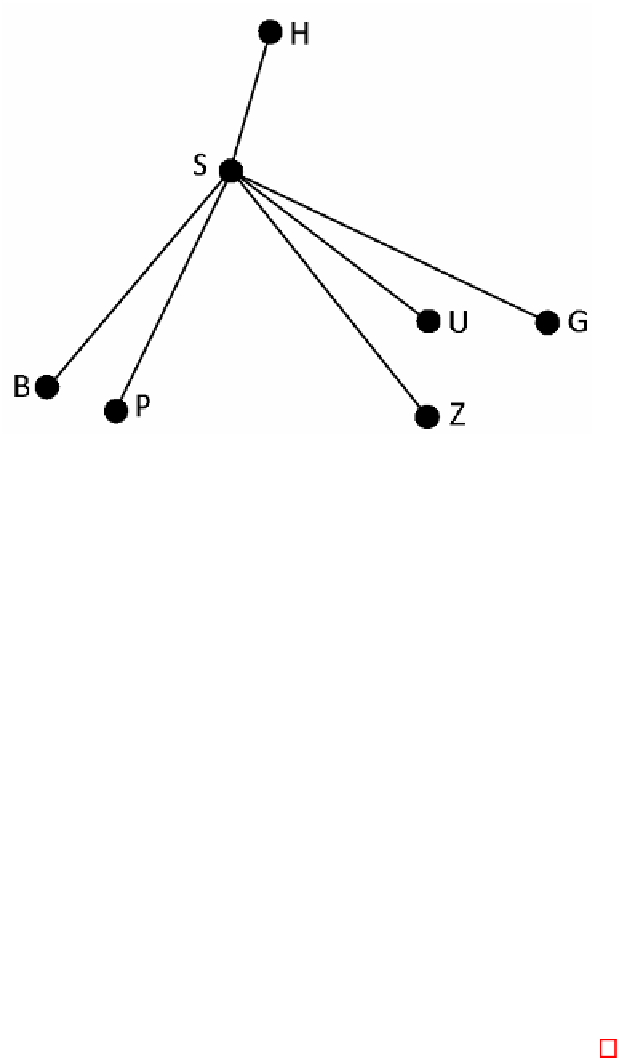Information Technology Reference
In-Depth Information
Fig. 4.
Shape of the flight network used for our experiments
Booking records for all flights departing within a period of three months
with a booking period of one year in advance were provided. Booking records
contain information on the number of tickets sold, the price paid and the date the
booking was placed. Booking records resulting from special promotions have been
removed. Finally, the (manually created) pricing schemata for the (connecting)
flights as well as information on aircraft capacity was given.
Note that in the data set about 96 percent of the total number of tickets
sold were results of direct flight bookings and thus only four percent were for
connecting flights. This small number is due to the fact that the concept of
connecting flights had only been introduced recently, and thus this distribution
may not be representative in the future. To analyze the effect of connecting flight
bookings on the performance of the models, we created four additional instances
from the given data set with different ratios between direct and connecting flight
bookings. First, a set only containing direct flights was derived from the basic
set by simply deleting all connecting flights. Then, instances were created by
duplicating and time shifting connecting flight bookings, i.e., for a randomly
determined connecting flight booking an additional booking with the same price
and quantity was created two days earlier than the original booking. This way
we generated another three instances with 8, 14 and 25% connecting flights.
To compare the performance of the three models introduced in the previous
section we have implemented a simulator that mimics the entire revenue man-
agement process. A process chart of the simulator is shown in Figure 5. The
simulator proceeds along the time line and it considers all flights simultaneously,
i.e., it starts on the first day of the booking period of the first flight and ends
after booking for the last flight has been closed. Then, during execution the sim-
ulator advances in steps of one day executing the three activities: forecasting,
optimization and booking for each flight in sequence.

